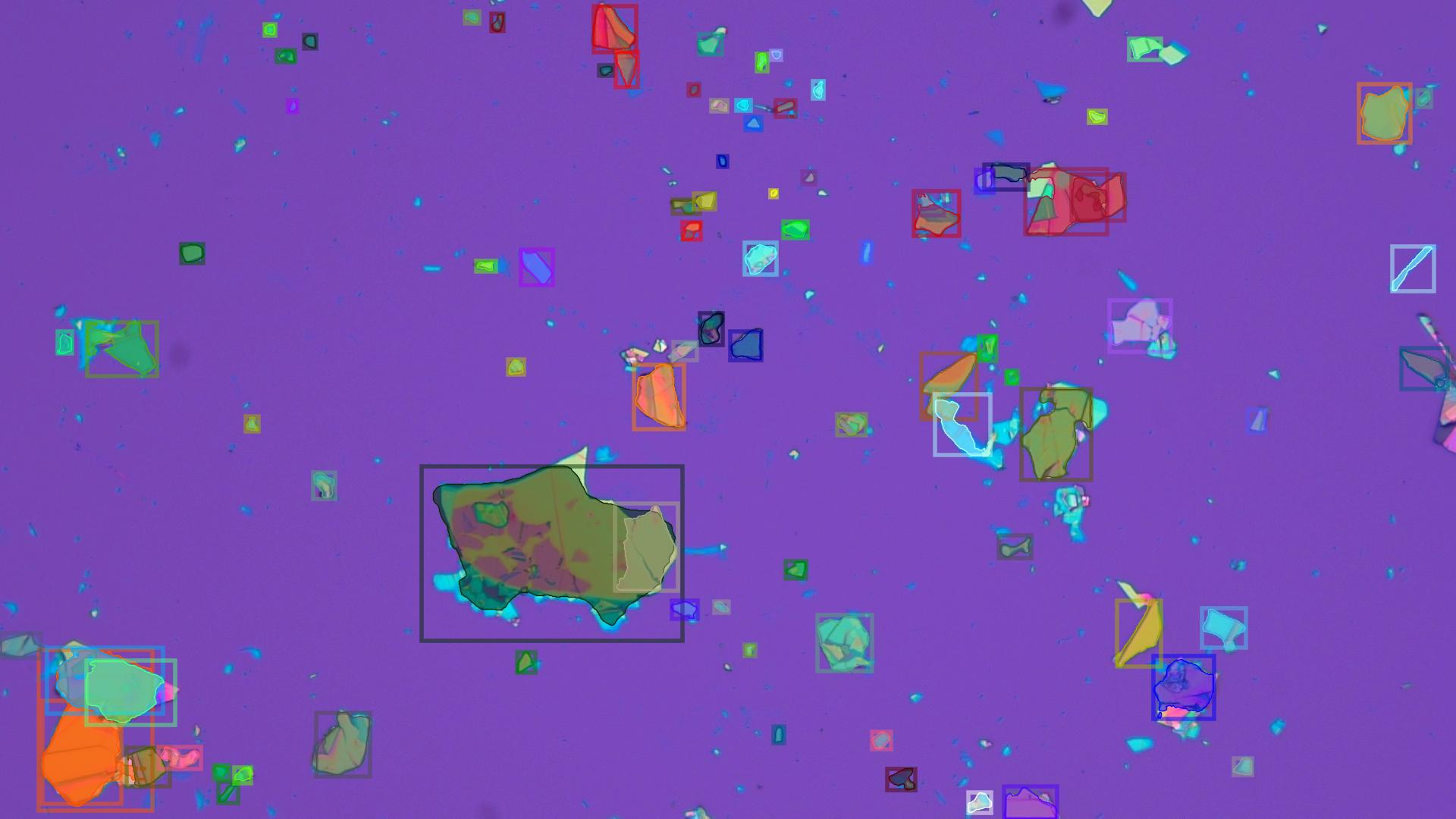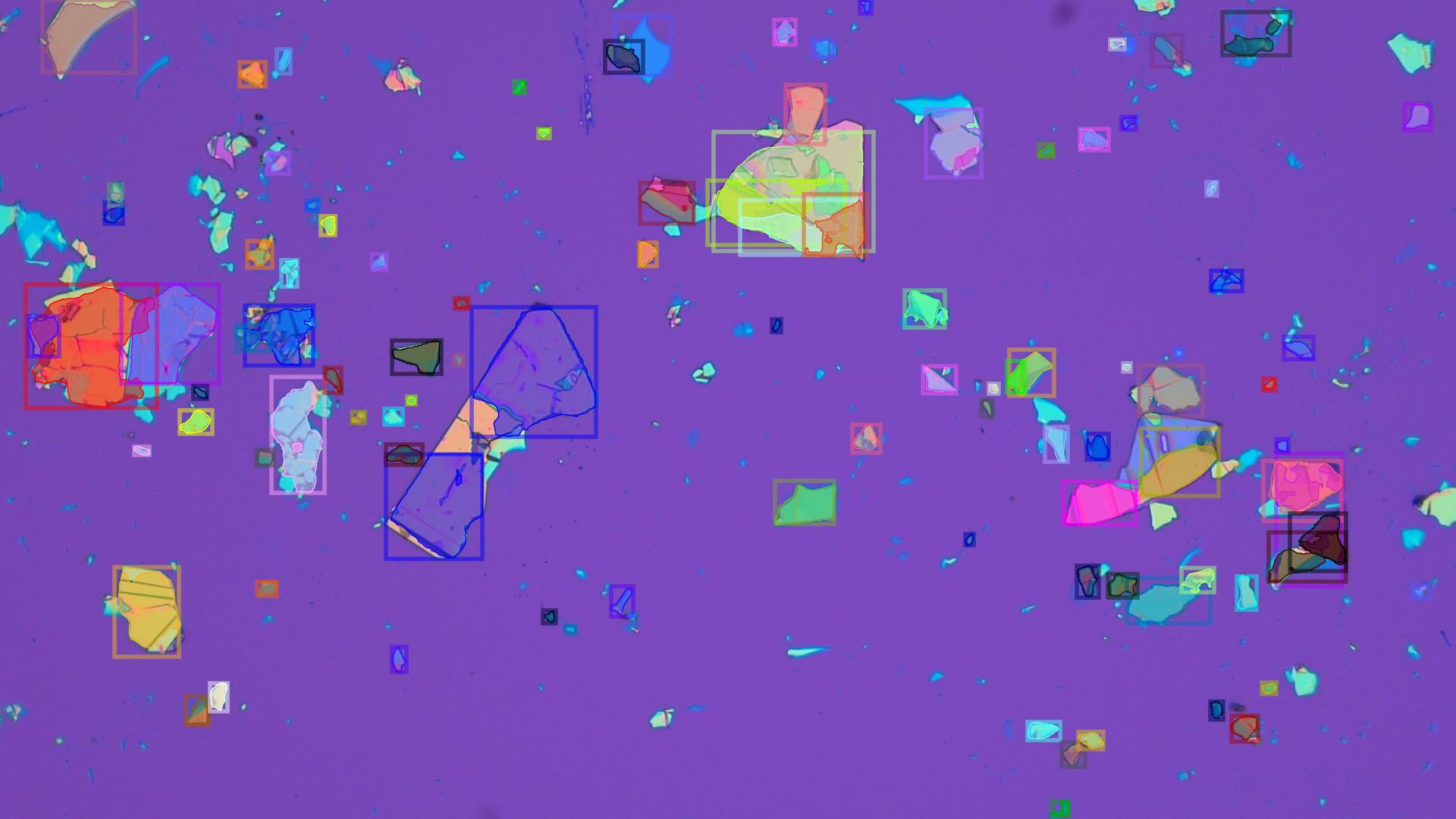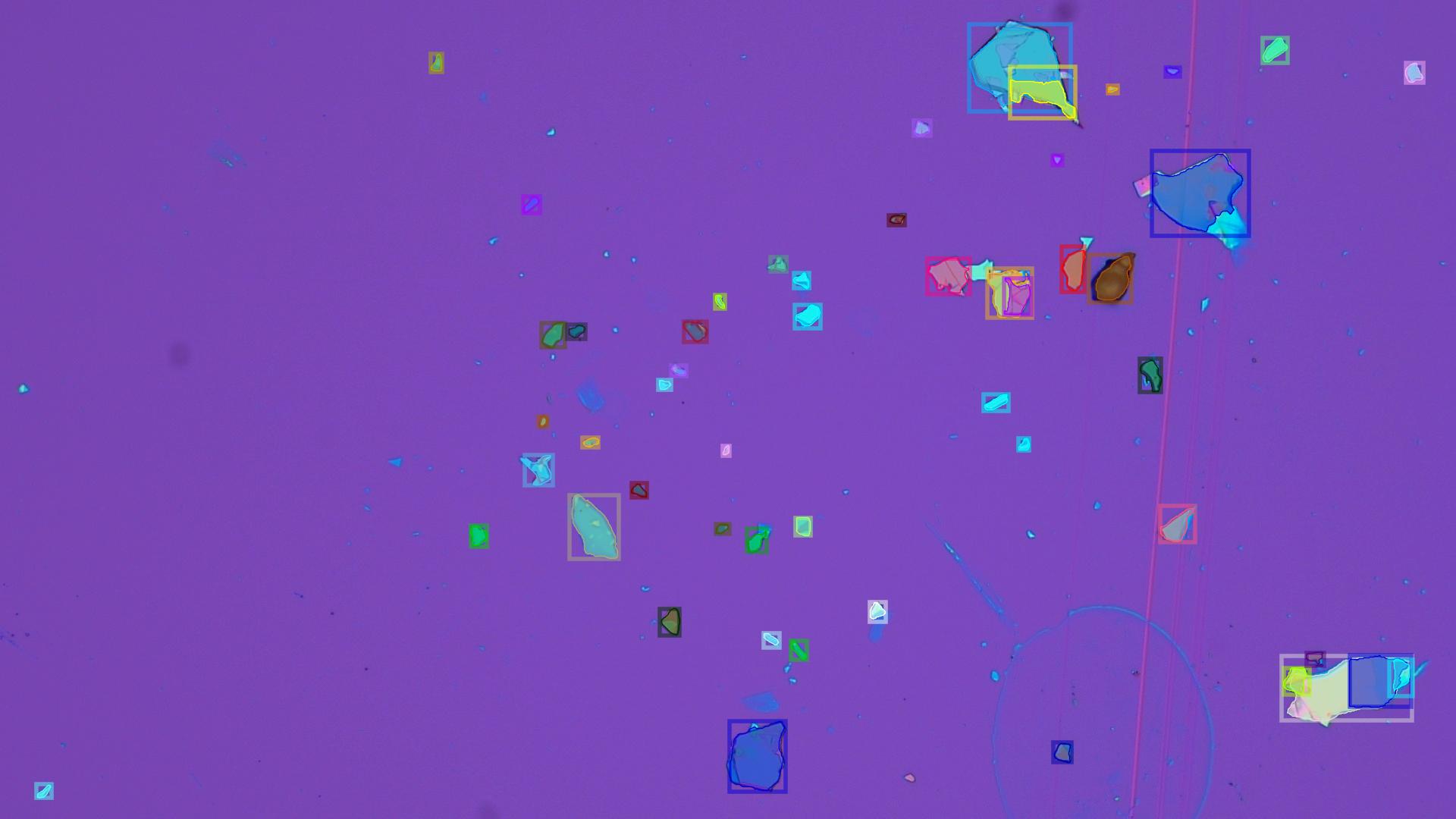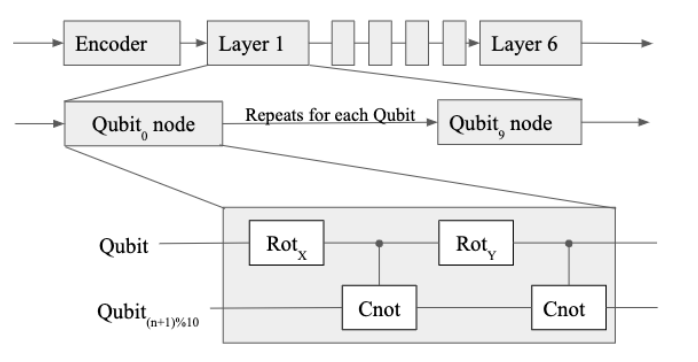2D Quantum Crystals Identification
We provide a flexible and generalized solution for 2D quantum crystals identification running on
realtime with high accuracy. The algorithm
is able to work with any kind of flakes (e.g hBN, Graphine, etc),
hardware and environmental settings. It will help to reduces time and labor consumption in research of
quantum technologies.




